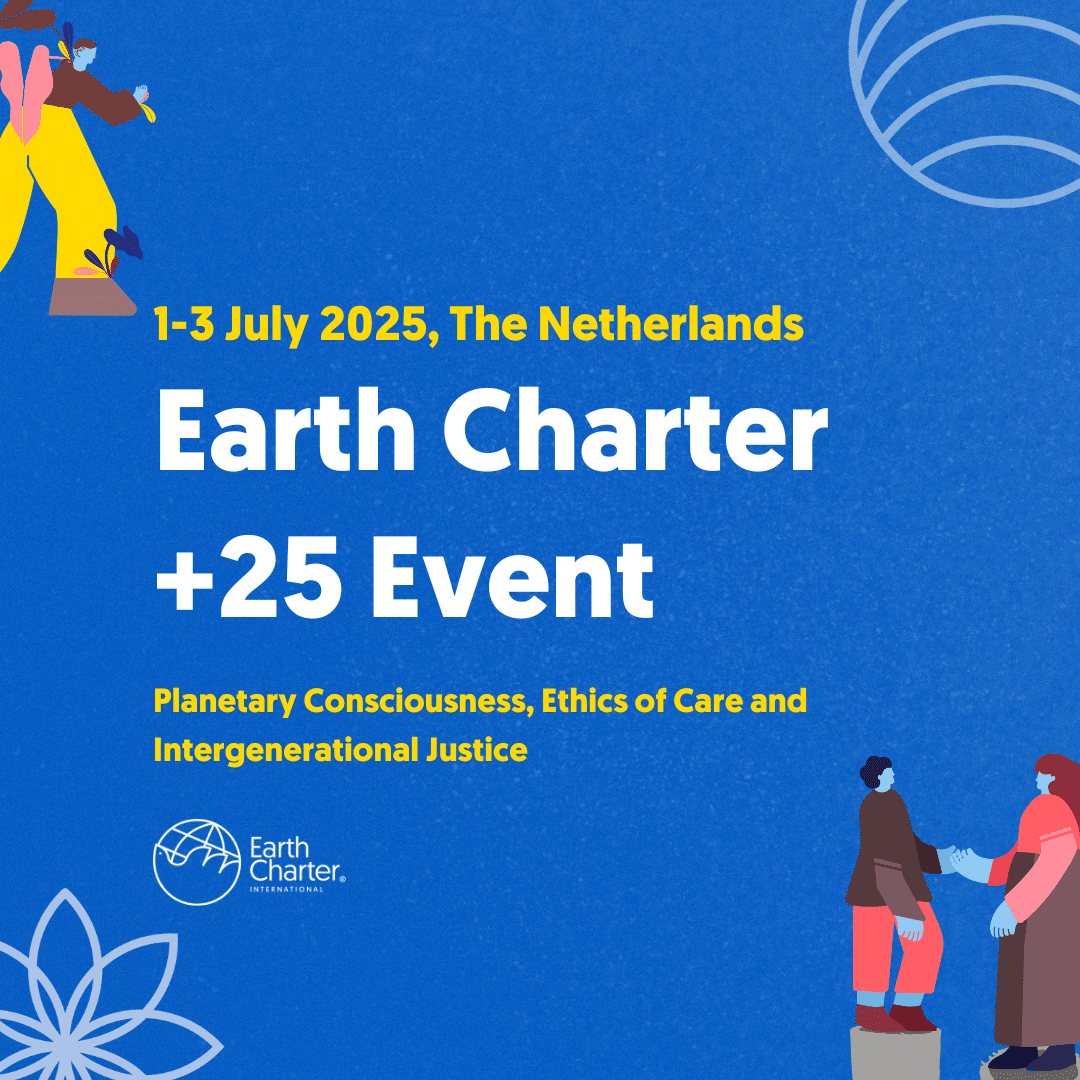Written by Chloé Bernardino, Leadership, Sustainability and Ethics youth course and alumna
- Peace is “a primary principle and a prime virtue … inner tranquillity and serenity of soul” (Miriam’s Well: Glossary).
- Peace as a “wholeness created by right relationships, with one self, other persons, other cultures, other life, Earth and the larger whole of which all are a part” (Earth Charter).
- Peace is the “absence of violence or evil; the presence of justice.”
- Peace is a “state or period in which there is no war or a war that has ended”.
Here are the four definitions for peace with which my first seminar about “Introduction to Peace and Conflict Studies” started. I remember it clearly, noticing which ones I agreed with in the past but did not align with anymore at that moment (3 and 4), which one sounded a little irrelevant at that moment (1) and which one made the most sense at that moment (2). That is funny, looking at it now, a year after, it changed again. In fact, the feelings when reading those statements changed (1 and 2 feel more right to me, and I would integrate 3 and 4 as part of it, in interdependence). I now realise words are translations used to express feelings, inner gut feelings, but we tend to forget how to feel about ideas, concepts, questions, and we go directly to translation right? And as we know, translation always means loss in the accuracy of the first message.
So, how does that make you feel when you hear about peace? Collective responsibility? Leadership? Ecological community? We usually ask how that would make sense in your reality, but how it makes you feel should be the first step. Sit with it. Take the time to breathe it, to feel it into your body. No need to find precise and fixed associated thoughts; ask yourself the question and let the feelings come to the surface, practicing self-listening, rather than thinking and labelling.
Studying at the University for Peace (UPeace) in 2022 gave me the space, time, inspirations, people and tools to develop my feelings’ awareness, to open my mind, to broaden my vision, to deepen my listening and understanding. And this was an incredible boost within my soul journey on Earth. In fact, two years ago, I was about to go on an Erasmus exchange in February 2020; I was going through chaos, contradictions, resistance, suffering, and pain. And I remember that one day I asked myself, “Everyone is saying the adventure is going to be amazing, that I have everything to be happy, it does not make sense that I am going through such chaos, what if it has to do with my beliefs and perceptions of the reality, rather than the external reality in itself?” That was the first wake-up call to retake ownership of my power and my own life responsibility. I started to look at personal development resources, look at how people, whose life was inspiring me, were thinking, behaving, living. What were their narratives? How do they view the world?

That curiosity brought me on a healing journey, brought me to UPeace, brought me to meet amazing and unexpected people, brought me to look inside and pay attention to feelings and intuition. It brought me to experience life in a totally different way than I had ever done before. That curiosity led me to feel gratefulness, to feel grief, to feel power, to feel sadness and many other feelings on the spectrum that human beings are able to feel. I had never felt these various ways before. I started to experience my humanity more deeply since I started looking inwards. In parallel, I connected with beautiful humans with whom I shared experiences, thoughts, feelings, supporting each other on our own journey, which made the path even more beautiful.
Throughout the year at UPeace, I realized I was more and more interested in inner peace, inner feelings, inner development, inner child; by that inner piece of universe inside me, inside each one of us, part of the same wholeness. Before I came to understand it and put words on it, I was intuitively convinced that the dynamic of “what was inside me was related with what I was experiencing outside” was similarly applying to the world situation nowadays being a reflection of what humanity as a whole is inwardly going through.
Therefore, studying diplomacy and sustainable development and taking the Earth Charter course “Leadership, Sustainability and Ethics”, I started to wonder what if we could go through that transition that is desperately needed, regarding human development, human activities, human consumption, human waste production, by adding looking inwards to the set of solutions? Is the binary between self-development and collective action real? What if everyone starts to question their values, their beliefs, their habits and let go of the conditioning to be able to express and offer their true self to the world? How would that translate into the collective environment through their behaviours, for the benefit of the Earth beings’ well-being?
The assumed answer behind this is that the more congruence and alignment between who individuals are and how they embody it into the world, the more it might come back to inner peace and inner love rippling from each inner world to the common outside realities. Reconnecting with our inner nature also means coming back to nature and its cyclic thinking.
And guess what? Some private organizations have already started to make this thinking more concrete and institutionalized by creating an initiative called the Inner Development Goals (IDGs). Following the lack of implementation or slow implementation of the Sustainable Development Goals, they assumed individuals were lacking the inner capacities to deal with the information and the means available to embody system change. Therefore, the IDGs movement created a framework made of 25 skills organised into 5 categories to develop our inner capabilities as an individual human, interacting inter-personally with other beings in this world.
Development of inner knowledge, capacities and wisdom also tie in with the Earth Charter Preamble “The spirit of human solidarity and kinship with all life is strengthened when we live with reverence for the mystery of being, gratitude for the gift of life, and humility regarding the human place in nature”, and principles such as Pillar III Principle 12c. “Honor and support the young people of our communities, enabling them to fulfill their essential role in creating sustainable societies”, as well as Pillar IV Principle 14 “Integrate into formal education and life-long learning the knowledge, values, and skills needed for a sustainable way of life,” and Pillar IV. Principle 16f. “Recognize that peace is the wholeness created by right relationships with oneself, other persons, other cultures, other life, Earth, and the larger whole of which all are a part.” It all comes back to Pillar I. Principle 4 “Secure Earth’s bounty and beauty for present and future generations,” with subprinciples: a. “Recognize that the freedom of action of each generation is qualified by the needs of future generations;” b. “Transmit to future generations values, traditions, and institutions that support the long-term flourishing of Earth’s human and ecological communities”, acknowledging that Pillar I. Principle 1 “Respect Earth and life in all its diversity” with subprinciple a. “Recognize that all beings are interdependent and every form of life.”

Finally, I decided to “ajouter ma pierre à l’édifice [add my stone to the building]” by doing my graduation thesis on that topic, exploring how business leaders’ self-awareness influences decision-making towards sustainability. Businesses were the focus because of the huge impacts they are having and therefore, because of the huge potential to contribute to system change. In this paper, sustainability was understood as a mindset or a lifestyle influencing resources management, taking into account future needs, and self-awareness was understood as a practice of self-observation and reflection. After reading literature slowly bringing mindfulness, feelings and authenticity into the picture, it was still focused on business effectiveness and productivity for growing profits. Then, after going through an interview process, asking business leaders about the influence of their values and feelings, of their self-awareness of it on their personal sustainability engagements and their professional engagements, I realised it was more about the mindset using inner tools, than the inner tools themselves. Similarly, I did a workshop around inner sustainability as the final project in my Earth Charter class, motivated by the very supportive learning community of the 2022 cohort and the very inspiring content we received during that class around ecoliteracy, systems thinking and ethical dilemmas, for example. It allowed me to share with others what I learned throughout my research process, as well as open the space to spread the word.
Indeed, to take a stand and act seemed largely motivated by a mindset, as well as alignment between the external embodiment and the internal values and feelings. Interconnectedness is also key in linking all those inner processes together in a collective dynamic, through prioritising healthy interactions and through collectively gathering efforts into value-driven businesses. Therefore, what does developing that mindset look like? It is about using self-awareness to strengthen the muscles of feeling and empathy, to facilitate and sustain healthy relationships, to facilitate unlearning of obsolete and limiting beliefs and to ensure priorities-making towards inner and outer sustainability. To sum up, to embody systems change is using interconnectedness and self-awareness to develop sustainability on the inside, then facilitating the development of sustainability on the outside. It is a life-long process that takes courage, but if not now, then when? If not you, then who?
How does that feel in your body?
We, as beings, are responsible for the well-being of all beings; we are one Earth. Developing self-awareness is a great place to start now, where you are, when you can and with the tools available right now.







